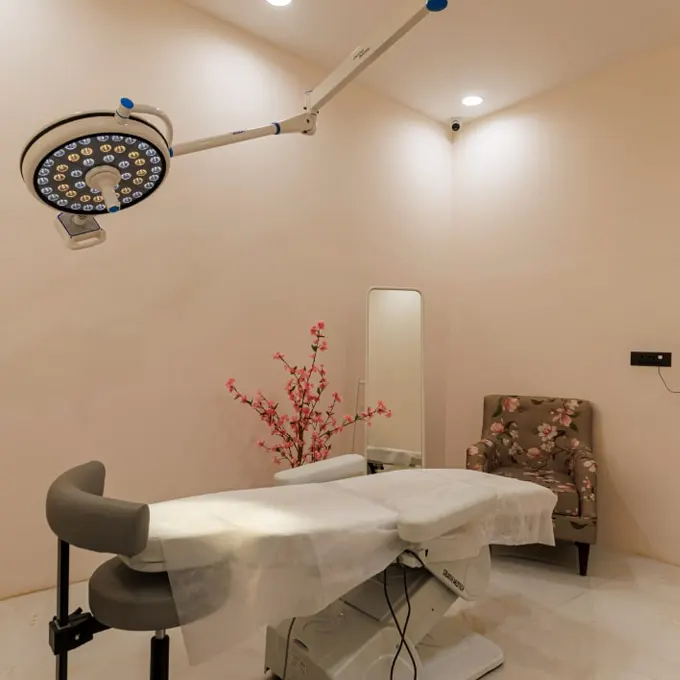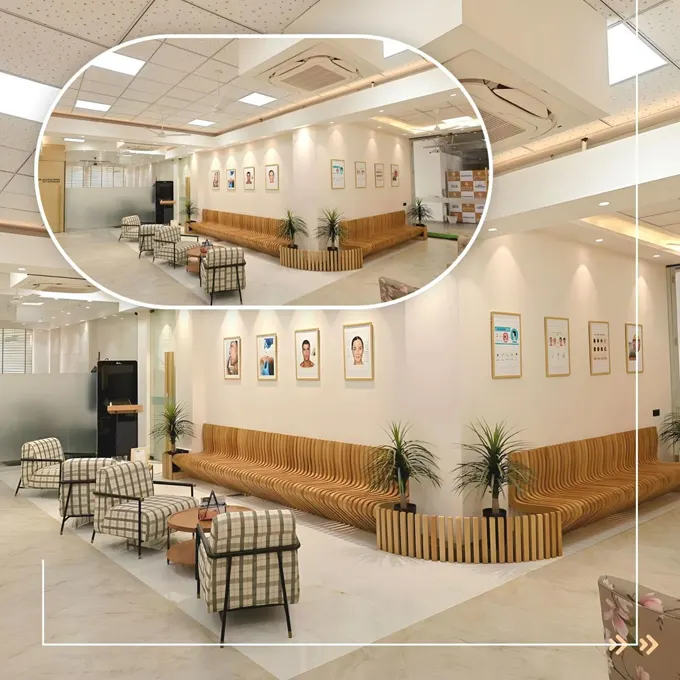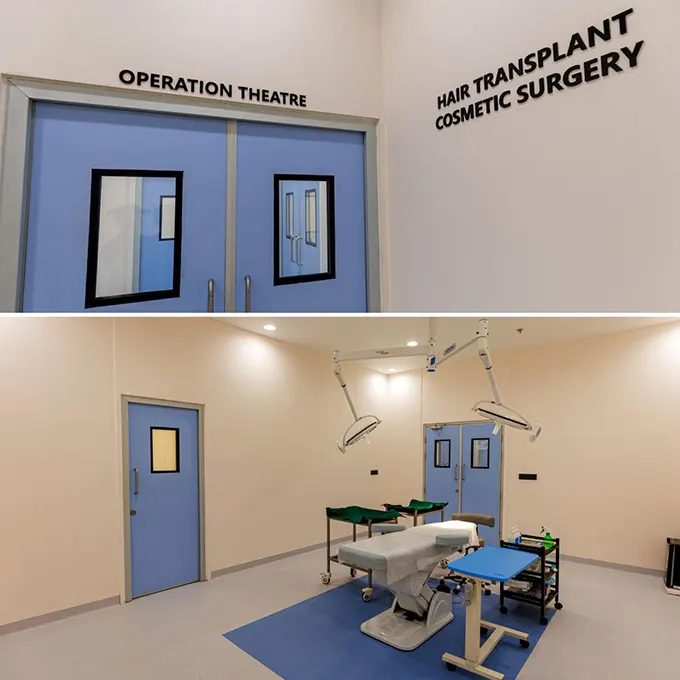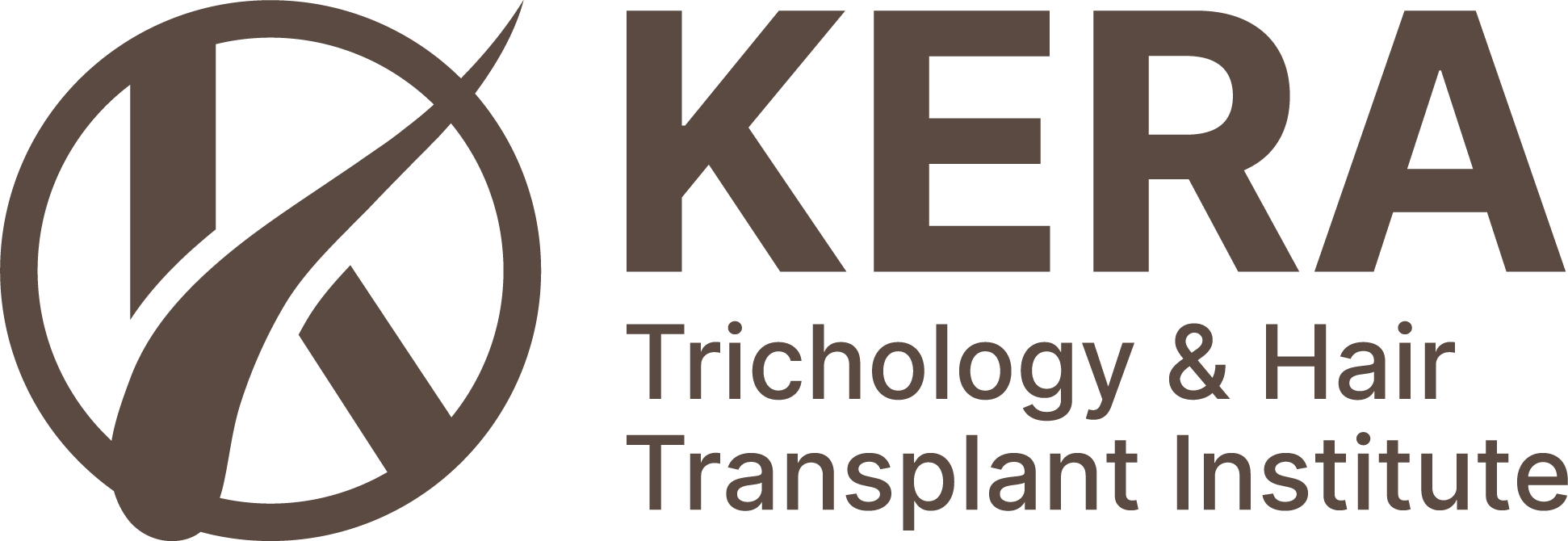PRP Works for Both Healthy Individuals and Those with Hair Disorders.
PRP is derived from your own blood and is rich in growth factors that can help stimulate hair follicles, promote healing, and improve scalp health.
How PRP Works for Hair Growth
1
Growth Factors: PRP is composed of a high concentration of plat elets, which release growth factors that can accelerate healing and tissue regeneration. When applied to the scalp, these growth factors help to rejuvenate hair follicles, potentially leading to improved hair density, thickness, and reduced hair loss.
2
Improved Hair Health: By stimulating dormant hair follicles, PRP can activate the natural hair growth cycle. This can increase the number of hairs in the growth (anagen) phase, thus improving hair count and quality.
3
Natural Treatment: PRP offers a non-surgical, natural treatment option since it’s derived from your own blood, reducing the risk of allergic reactions or rejection that may occur with other treatments.
4
Targeted Action: PRP can be particularly effective for individuals who have thinning hair or hair loss, especially those with earlystage hair loss, as it works best where there are still some active hair follicles (even if dormant).
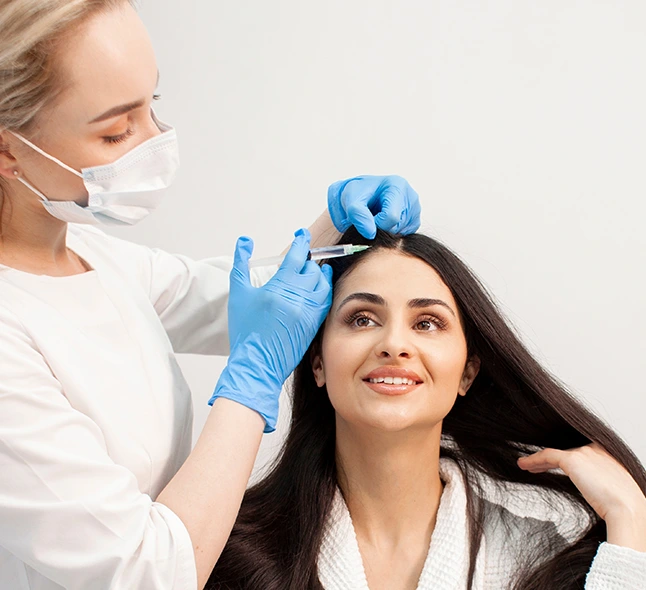
Benefits of PRP Therapy for Hair
1
Reduction in Hair Fall: By stimulating the scalp and rejuvenating hair follicles, PRP can slow down hair fall and, in some cases, reverse it.
2
Increased Hair Density and Thickness: PRP has been shown to improve hair quality by thickening existing hair strands and encouraging new hair growth.
3
Works for Both Healthy Individuals and Those with Hair Disorders: While healthy individuals may use PRP to maintain or enhance hair density, those suffering from conditions like androgenetic alopecia (male/female pattern baldness), alopecia areata, or other hair disorders can benefit as well.
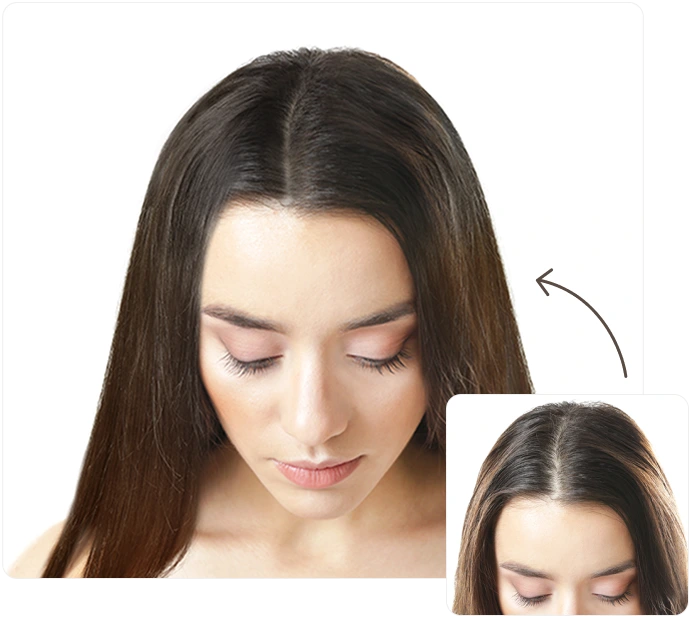
The Importance of Technique in PRP
PRP therapy is indeed a highly technique-sensitive procedure. The results largely depend on
1
Proper Blood Collection: Ensuring a proper technique to draw the blood and separate the platelets from the red and white blood cells.
2
Concentration of Platelets: The amount of platelets in the PRP, which needs to be concentrated effectively for maximum efficacy.
3
Injection Protocol: The precise injection technique into the scalp, ensuring the growth factors are delivered exactly where they are needed.
If performed incorrectly or inconsistently, the results can be sub optimal. This is why it’s crucial to undergo PRP therapy under the supervision of a trained and experienced specialist.
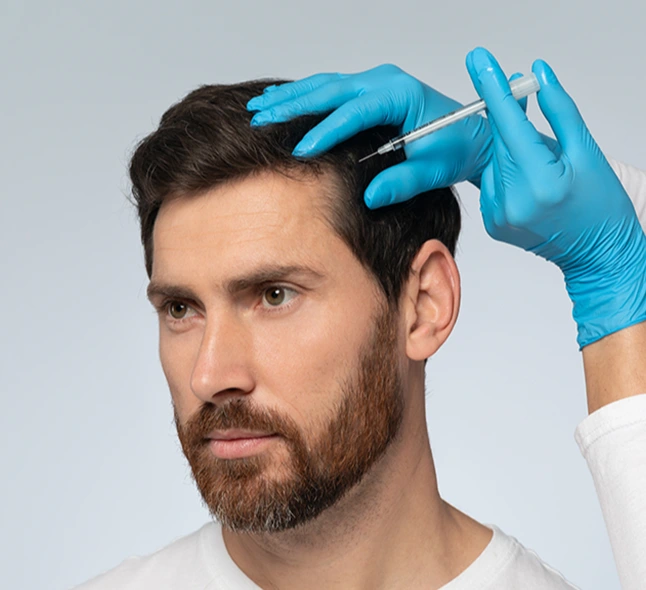
Take the First Step Towards a Confident You!
Book your consultation today and start your hair restoration journey with KERA.
What Our Clients Say About KERA
At KERA, client satisfaction is our top priority. Hear from those who have transformed their hair and confidence with our expert care and advanced treatments.
SR Ravi
Nikhil Patidar
Apurva Gurjar
Jahanvi Kapadiya
Patel Himanshu

FAQs
Explore our FAQs to learn more about hair transplants, advanced treatments, and how KERA can help you achieve your hair restoration goals.
The procedure typically takes between 4-8 hours, depending on the number of grafts being transplanted. Larger sessions may require multiple sittings, especially if the patient has extensive baldness.
A hair transplant is a surgical procedure where hair follicles are moved from a donor area (usually the back or sides of the scalp) to areas experiencing thinning or balding. This is done to restore hair density and improve the aesthetic appearance of the scalp.
Yes, women can undergo hair transplant surgery. However, since women typically experience diffuse thinning rather than localized baldness, the procedure may be slightly different. An experienced surgeon will assess the cause of hair loss and determine if a transplant is suitable.
The cost of hair transplant majorly depends on the technique, expertise and where you get it done from. So there is no fixed cost of hair transplants. It is advised to consult your surgeon and let them evaluate your case.
Hair transplant is performed under local anesthesia so that you wouldn’t feel any pain during the treatment.
The best age for hair transplant is generally between 25 and 60 years old.
Yes, hair transplants look natural when done right with the latest techniques and an experienced surgeon.
The transplanted hair follicles are genetically programmed not to miniaturize, so the transplanted hair itself is permanent.
India has become a popular destination for hair transplants because of the relatively lower cost compared to many western countries and highly skilled and experienced hair transplant surgeons.
1. Growth Phase: Where the hair grows about 1-2cm for the first 4-6 weeks.
2. Temporary Shedding Phase: Where the grown implanted hair will start falling. This phase may last for about 3 months. You shouldn’t get worried in this phase. The hair will again come back.
3. Permanent Growth Phase: (6-9 months) Here all the fallen hair will again start growing. These hairs are normal hair with normal characteristics and will grow naturally.
Since PRP uses your own blood, the risk of allergic reaction or infection is low.
The procedure typically lasts between 30 to 60 minutes.
For conditions like hair loss, 3-4 sessions spaced 4-6 weeks apart may be recommended.

